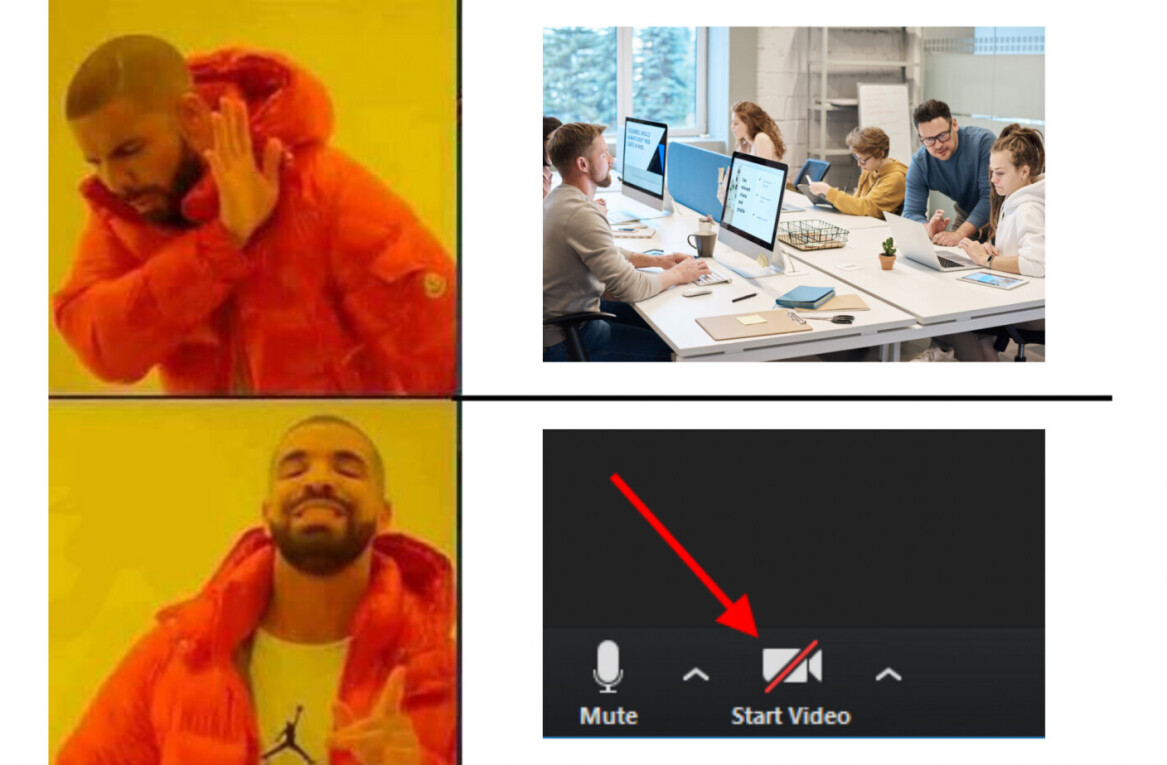Blogging for your business is no easy task, but we’ve all written before, so there’s some sense of familiarity with the craft.
Vlogging on the other hand, is a much more challenging investment for an organization to undertake.
A strange-sounding term, vlogging describes sharing video on a consistent basis to educate, inform, build trust with and drive action from your customer base.
Having just read Vlog Like A Boss: How to Kill It Online with Video Blogging by YouTuber and video marketing consultant Amy Schmittauer, I’ve learned there’s a highly actionable framework any corporate or personal brand can apply to regularly create videos worth sharing.
Here are some of Schmittauer’s top tips for results-driven video blogging to stand out amongst the noise for all the right reasons.
1. Understand your why.
When it comes to starting to create video on behalf of your brand, there needs to be a clear focus to every video that ties back to your purpose as an organization.
For both yourself and your audience, take the time to understand why you’re creating video in the first place.
Ask yourself why you’re creating a vlog and what value it adds that’s not available with video.

Equally as important is when you’ve got a clear reason as to why you’re communicating with video, it’ll be easier for your audience to identify the unique and consistent value your content offers.
2. Small wins are better than trash.
To develop an emotional impact with the videos you’re creating Schmittauer recommends focusing on three key themes: specializing, reading and practicing.
When specializing, you’ve got to narrow in with a specific focus for your videos that connects back to your why and a particular audience. Creating videos for everyone to watch doesn’t work.
Reading entails knowing who your audience is and what makes them tick. The more information you know about your audience, like their problems, thoughts and common questions, the more likely you’ll publish videos catered to their needs.
Practicing publishing videos is one of the most effective ways of learning what works with video to generate a response from your viewers.
Instead of trying to make every video 100% perfect, it’s better to get your videos out there for testing purposes argues Schmittauer.
Every video published is a small win, which is far better than a video sitting in the trash since you never deemed it perfect enough for publishing.
3. The bucketing concept.
Brainstorming interesting ideas for any form of content isn’t easy.
It’s time-consuming to come up with each idea for your next video, but essential as every single video needs to have a strong focus in order to gain any traction.

With your buckets top-of-mind, you’re able to quickly understand which category each topic belongs to.
Think of bucketing as a litmus test to make sure each video idea is relevant based on your vlog’s focus and promise to viewers.
Bucketing also helps ensure you’re creating an equal amount of videos across different types of topics.
4. A posting cadence.
Everyone always asks when to post on social media and how often.
Schmittauer tackles this question as it pertains to YouTube based on her experience with her channel, input from a few surveys, viewing the posting cadence of other popular vloggers and feedback from her contacts at YouTube.
She found that the industry standard is publishing once a week on YouTube.
Every organization and audience is different so don’t take this advice as the gold standard for what every YouTube channel must do, but instead use it as a reference as you learn about the preferences of your own viewers and what your ideal posting frequency is.
5. The authority video formula.
One of the most actionable tips from Schmittauer was her breakdown of the necessary components of a successful video, which she calls Amy’s authority video formula.
Take note of how the formula recommends capturing the attention of your audience right away by calling out the video’s subject immediately as a person takes about eight seconds to decide if they’ll continue to watch your video or not.

This is a useful framework for ensuring your videos provide value to viewers from the start, even if you’re still learning which types of video work best for you.
Today there are far fewer creators of video on YouTube, Facebook and elsewhere as compared to written content, which is an opportunity to create a substantial competitive advantage in your industry.
Take Schmittauer’s advice and start creating a video strategy to build a meaningful connection with your audience.
Get the TNW newsletter
Get the most important tech news in your inbox each week.






